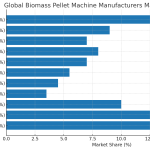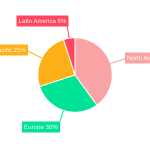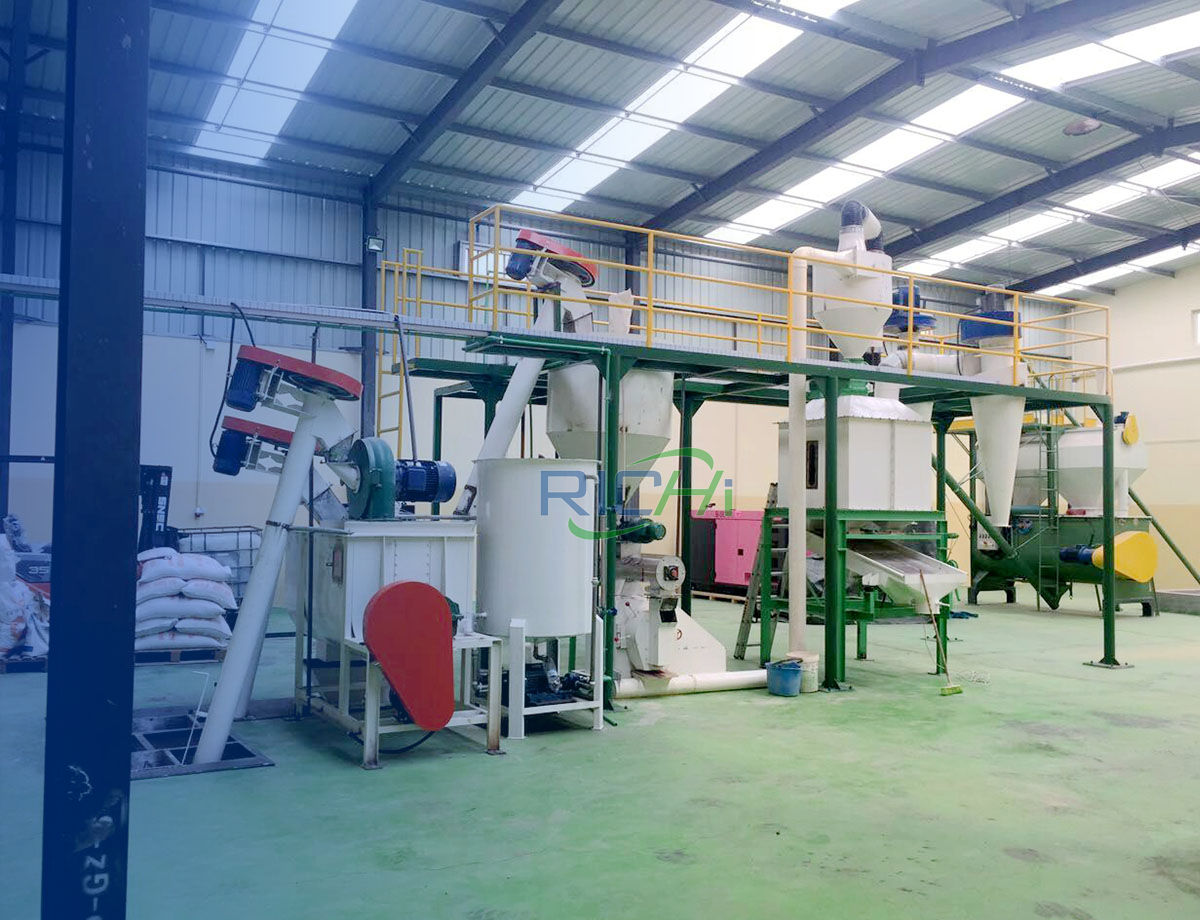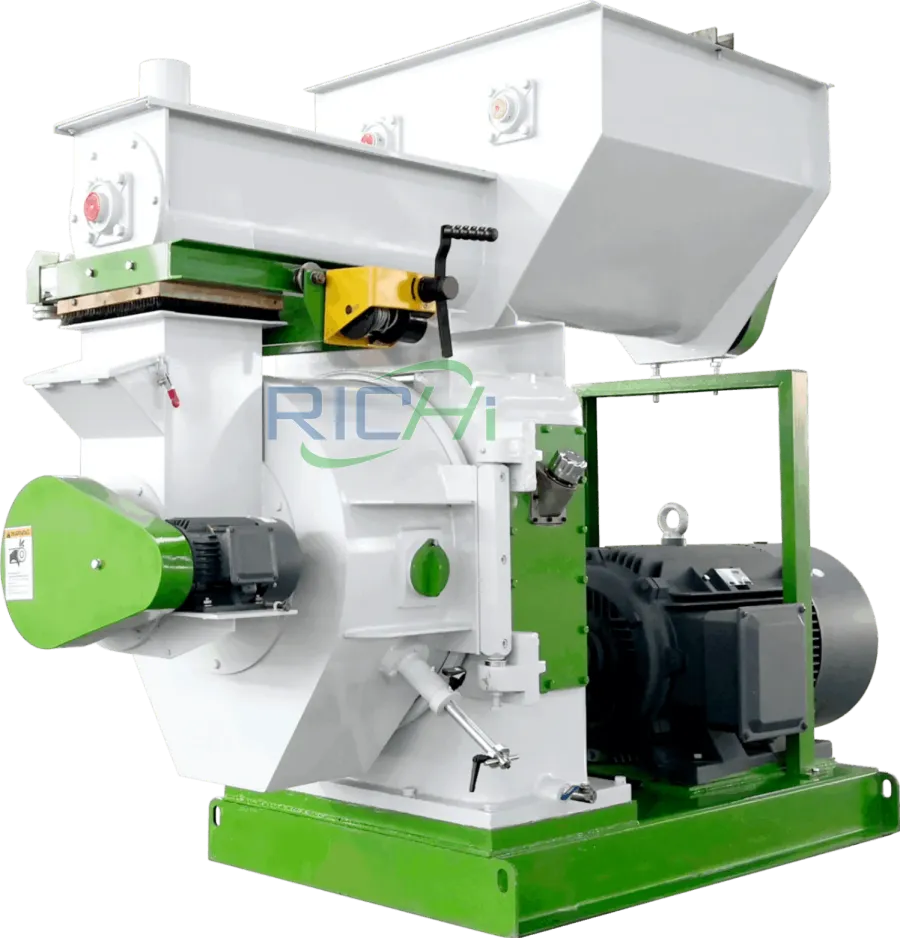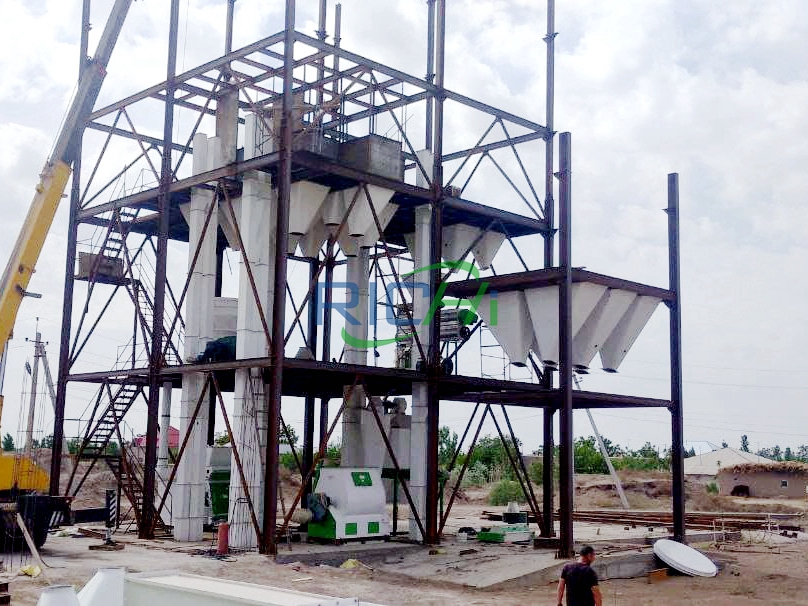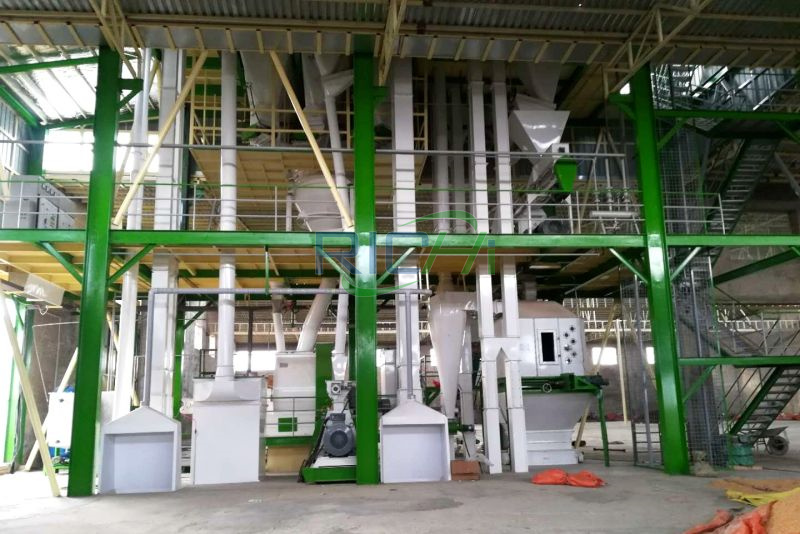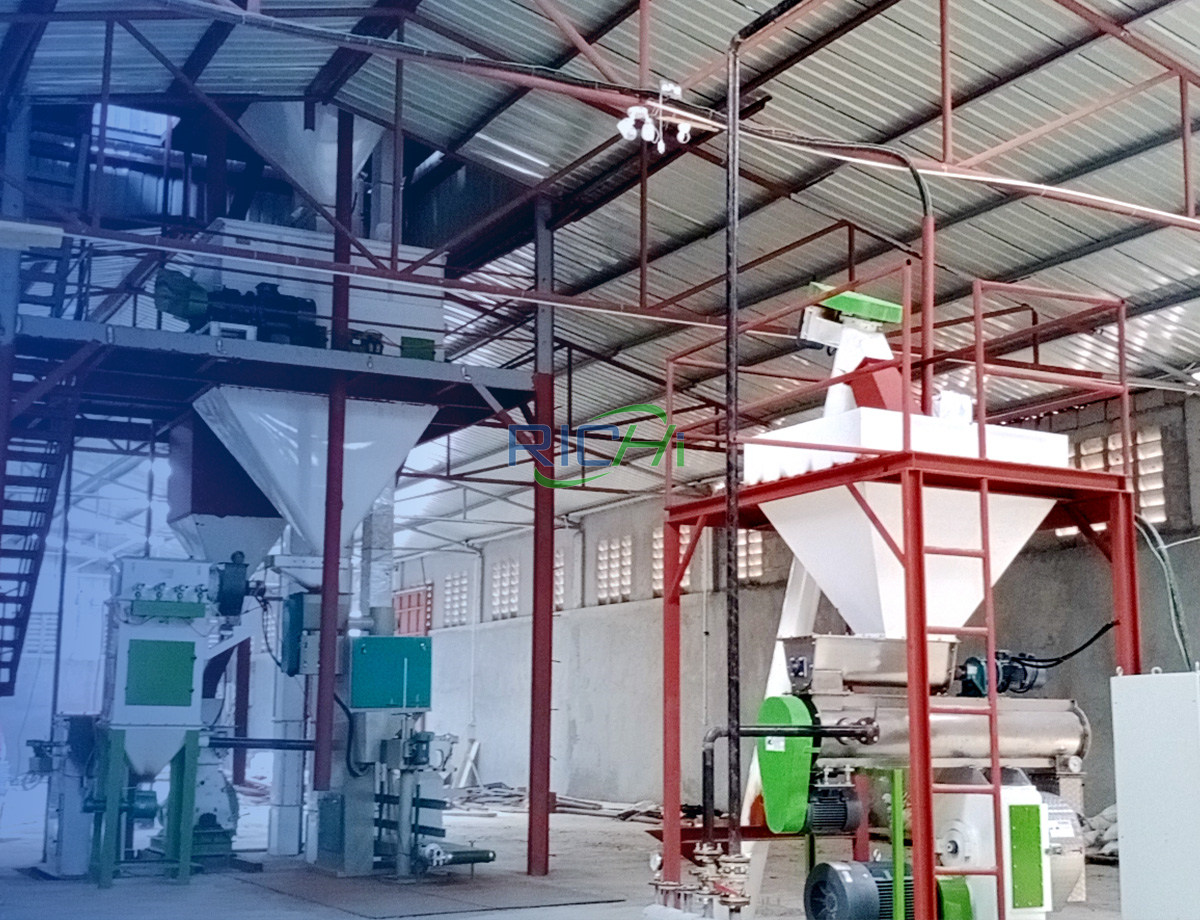Establishing a small feed mill with a production capacity of 1-2 tons per hour requires the careful selection of equipment to ensure efficient and high-quality feed production. This guide outlines the key small feed making machine needed to set up and operate a 1-2 t/h feed mill, covering each stage of the production process.
Raw Material Handling
Efficient handling of raw materials is the foundation of a successful small scale feed mill:
- Screw Conveyors: Essential for transporting raw materials from storage to the processing area. For a 1-2 t/h feed mill, models like the TLSS16 and TLSS20 screw conveyors are ideal.
- Bucket Elevators: These vertical conveyors lift raw materials to higher levels within the mill. The TDTG36/18 bucket elevator is recommended for this capacity.
Grinding and Mixing
Grinding and mixing are critical to achieving a uniform feed mixture:
- Hammer Mill: The 15-200 small feed hammer mill is used to grind raw materials into fine particles suitable for mixing.
- Mixing Machine: The SLHY0.5A small feed mixing machine ensures that the ground materials are blended uniformly for consistent feed quality.
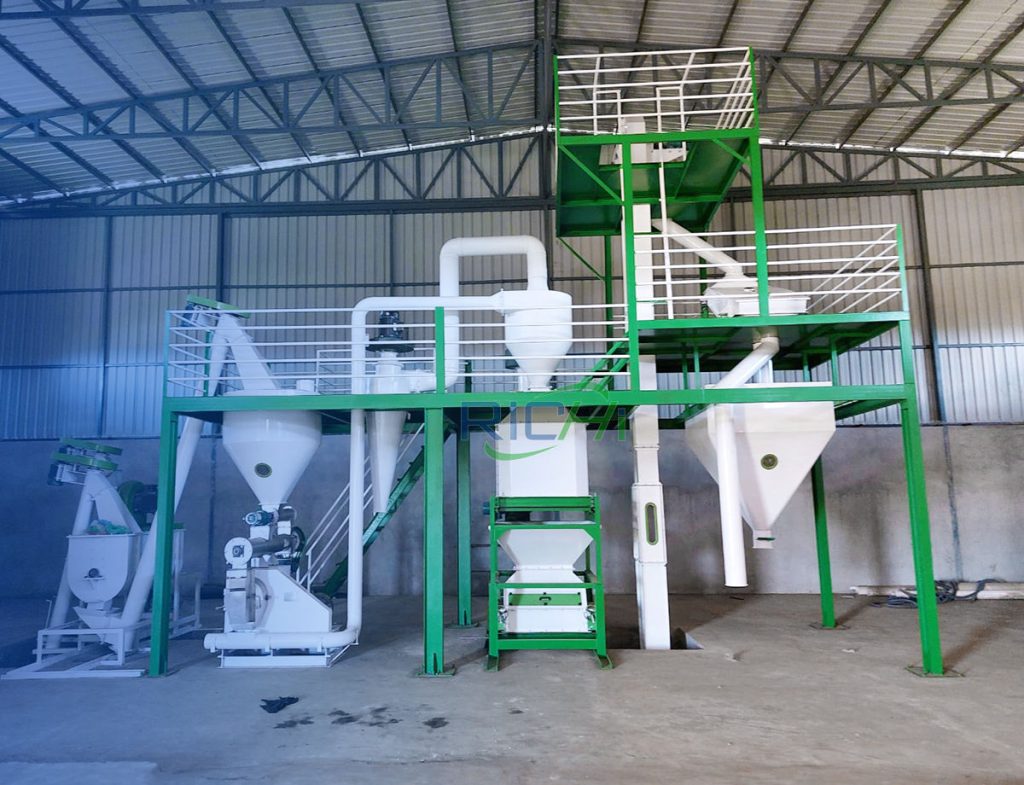
Pelleting
The pelleting process transforms the mixed feed into compact, easy-to-handle pellets:
- Conditioner: The TZQ22*180 stainless steel conditioner improves pellet quality by conditioning the feed with steam and water before pelleting.
- Pellet Mill: The SZLH-250 small animal feed pellet machine is the core equipment in this stage, pressing the conditioned feed into pellets. It is specifically designed for a 1-2 t/h feed mill operation.
Cooling and Screening
After pelleting, the feed pellets need to be cooled and screened:
- Cooler: The SKLN1.0*1.0 counter-flow cooler is used to reduce the temperature of the pellets to ambient levels.
- Crumbler: The SSLG15*100 pellet crumbler is employed to break down oversized pellets into smaller, more manageable sizes.
- Vibrating Sifter: The ZDS60 vibrating sifter screens the cooled pellets, ensuring they are of the desired size and quality.
Packing and Storage
The final step is packaging the finished feed for storage and distribution:
- Packing Machine: The DSC-50 feed packing machine bags the screened pellets, readying them for transport or storage.
- Storage Bins: Storage bins with a capacity of 1-2 m³ are used to store both raw materials and finished feed.
Automation and Control
For optimizing efficiency, the feed mill should be equipped with an automated control system:
- Control Center: An MCC control center manages the entire production process, ensuring smooth operation.
- Pneumatic Gates: TZMQ25A pneumatic gates are used to regulate the flow of materials throughout the production line.
Key Considerations
When planning a 1-2 t/h feed mill, consider the following factors:
- Raw Materials: Choose machines that are suitable for the specific raw materials you intend to process, such as corn, soybean, or grass.
- Pellet Size: Determine the desired pellet diameter and length, as this will influence machine selection. Common sizes include 2-4 mm for poultry, 4-8 mm for cattle, and 2-6 mm for fish feed.
- Conditioning: Proper conditioning with steam and water is essential for improving pellet quality. Ensure that the conditioner is compatible with the pellet mill’s capacity.
- Customization: Some manufacturers offer machines that can be customized to meet specific feed formulations or production needs.
- Scalability: Select machines that allow for easy expansion if you anticipate increasing production capacity in the future.
Example Projects
RICHI Machinery has successfully implemented several 1-2 t/h small animal feed mill projects using the SZLH250 pellet machine:
- Indonesia: A fish feed plant producing 2-4 mm pellets, with an investment cost of $59,000.
- Uzbekistan: A livestock feed line making 4-8 mm pellets, costing $42,000.
- Peru: A poultry feed mill producing 3-6 mm pellets, with a project cost of $25,000.
- Algeria: A cattle feed plant producing 4-8 mm pellets, with an investment of $50,000.
These examples demonstrate the versatility of the SZLH250 machine in producing various types of animal feed at a 1-2 t/h scale.
Conclusion
Setting up a 1-2 t/h feed mill involves selecting the right small feed making machines for each production stage, from raw material handling to pelleting, cooling, and packaging. Each piece of equipment plays a crucial role in ensuring efficient and high-quality feed production.
By considering factors such as raw materials, pellet size, conditioning, and potential customization, operators can configure a feed mill tailored to their specific needs. With the right equipment and setup, a 1-2 t/h feed mill can be a profitable and sustainable operation, meeting the increasing demand for high-quality animal feed.
As the animal feed industry evolves, investing in a well-designed small feed mill can position farmers and entrepreneurs for success in this competitive market. Leveraging the capabilities of modern small feed making machines allows feed producers to optimize their operations, reduce costs, and deliver superior products to their customers.

